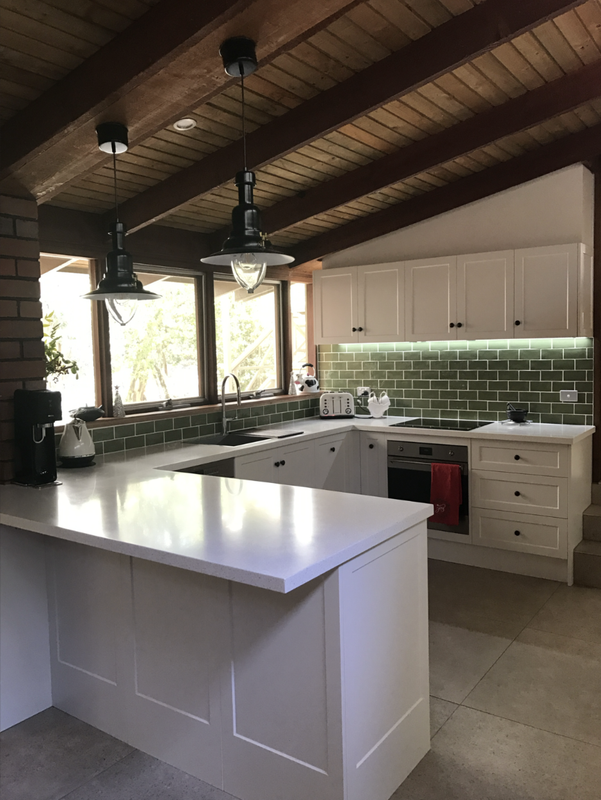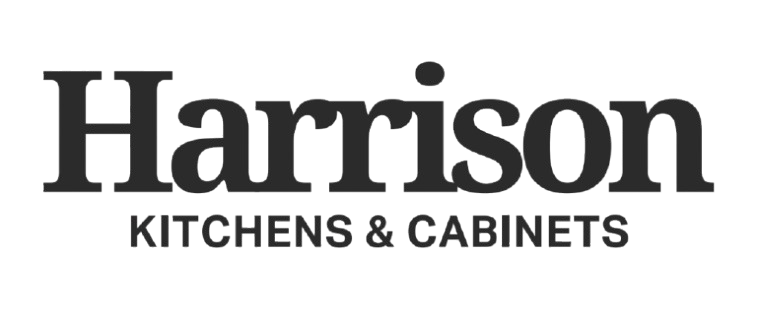
Introduction
Few design elements in the home have stood the test of time quite like Shaker cabinets, with the distinctive recessed panel in the centre of the cabinet door. Known for their clean lines, practical design, and understated beauty, these cabinets have become a cornerstone of kitchens, bathrooms, and built-in storage across the world. But why are they called Shaker doors?
Origins of the Shaker Movement
The Shakers were a religious sect that broke away from the Quakers in England during the mid-1700s; their group were initially known as the "Shaking Quakers" as their meetings included singing and ecstatic dancing. Seeking religious freedom, they migrated to America, establishing self-sufficient communities.
At the core of Shaker life was a devotion to honesty, humility, and utility. Their philosophy extended to their craftsmanship, leading them to produce furniture that was functional, durable, and beautifully simple. Every object had a purpose, and unnecessary ornamentation was seen as wasteful. This philosophy laid the foundation for what we now know as the Shaker cabinet.
Birth of the Shaker Cabinet Style
The hallmark of Shaker design is restraint. In contrast to the ornate Rococo Revival and Art Nouveau cabinets also produced at the time, the Shaker design priorities minimalism, symmetry, and high-quality workmanship. Early Shaker cabinets were crafted from locally available hardwoods such as maple, pine, and cherry, for their strength and natural beauty.
The now-iconic five-piece Shaker door, a flat recessed center panel framed by simple rails and stiles, became the signature feature. Its elegance lies in its lack of adornment, making it versatile enough to adapt to countless design eras.
Evolution Through American Industrialisation
As America industrialised, Shaker furniture began to influence mainstream design. Homeowners admired the Shakers' attention to quality and practicality, and by the late 19th century, their cabinet style had been adopted beyond their communities.
In the 20th century, Shaker cabinets played an important role in shaping modern and transitional interiors. Their simple geometry echoed the emerging minimalist and Scandinavian movements, while their traditional craftsmanship kept them rooted in classic American style. With the rise of machine production, Shaker-inspired cabinets became widely available, cementing their place in kitchens and homes across the country.
Shaker Cabinets in Modern Design
Today, Shaker cabinets are celebrated as a "chameleon" of design. Their simplicity allows them to fit seamlessly into a wide range of interiors:
Traditional homes often feature natural wood finishes that highlight craftsmanship. Transitional kitchens pair white or neutral Shaker doors with stone countertops and contemporary hardware. Modern spaces embrace bold colors - navy, forest green, or even matte black, while still keeping the classic Shaker look.
This versatility is what makes them so enduring. They strike the perfect balance between form and function: practical storage that looks timeless, whether in a farmhouse kitchen or a sleek city apartment.
Enduring Popularity
More than 250 years after their creation, Shaker cabinets remain one of the most sought-after choices in cabinetry. Their appeal lies in their universality; they are elegant without being showy, functional without being plain.
With the growing focus on sustainability and investing in pieces that last, Shaker cabinets align perfectly with modern values. They prove that good design is not about excess but about purpose, balance, and quality.
At Harrison Kitchens & Cabinets, we're excited to help you incorporate these trends into your kitchen design in ways that reflect your personal style and meet your functional needs. Whether you're planning a complete renovation or looking to update elements of your existing kitchen, our design team can guide you through the process of creating a space that's both on-trend and timeless.
Ready to start planning your 2025 kitchen renovation? Contact us today to schedule a consultation with one of our experienced kitchen designers.
Go Back to Blogs

